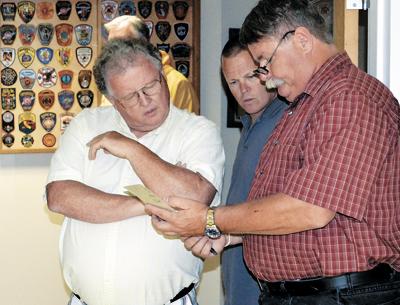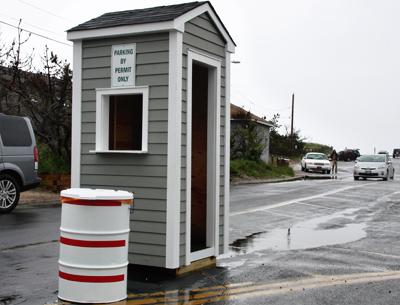New Leaders for Z.B.A.
New Leaders for Z.B.A.
Mayor Paul F. Rickenbach Jr. welcomed the members of the East Hampton Village Zoning Board of Appeals at the board’s meeting on Friday, saying that zoning “probably is the core issue with respect to the governance of a municipality,” and suggesting that they “be mindful that as the zoning code evolves and is applied and manifests itself, that’s how your community maintains its personality and aura of cooperation and embracement.”
The new roster starts with Frank Newbold as chairman. He had been the vice chairman and a member since 2004. Lysbeth Marigold is now vice chairwoman. Craig Humphrey, previously an alternate, is now a full member, and Ray Harden has begun a five-year term as an alternate.
“I thank you on behalf of the board for all your efforts and energy,” the mayor said.
The meeting was otherwise brief and uneventful. An application from Katherine J. Rayner to lower a floor under part of her house at 85 West End Road, for which the board heard a lengthy and technically complex presentation on June 28, was adjourned until the board’s meeting next Friday, at the applicant’s request.


